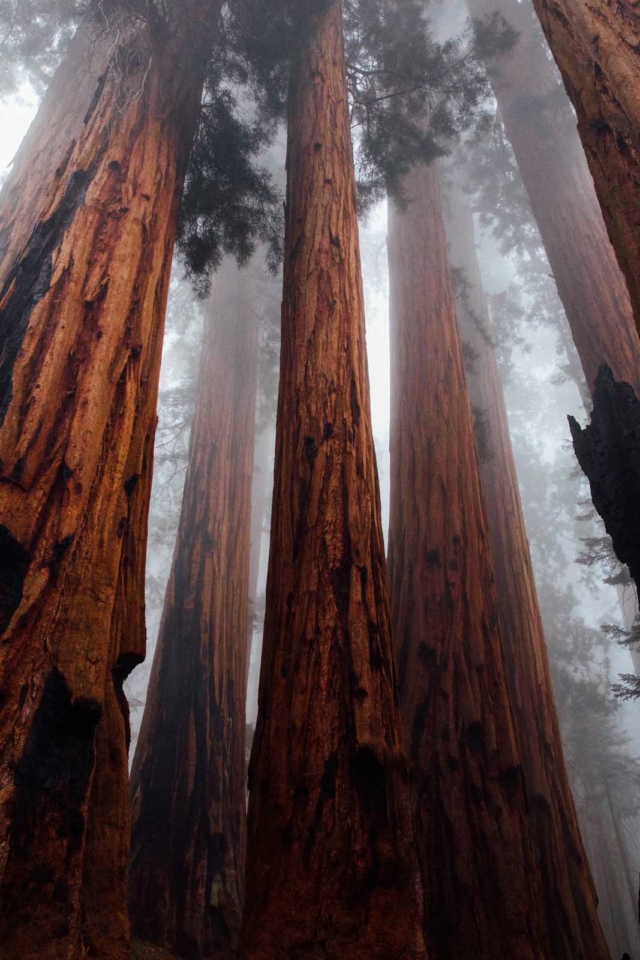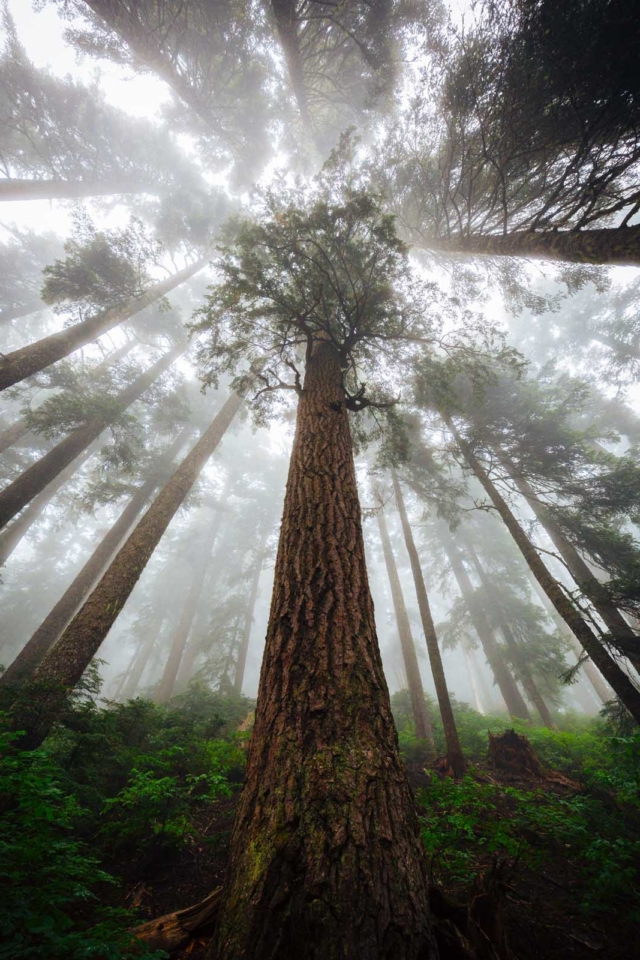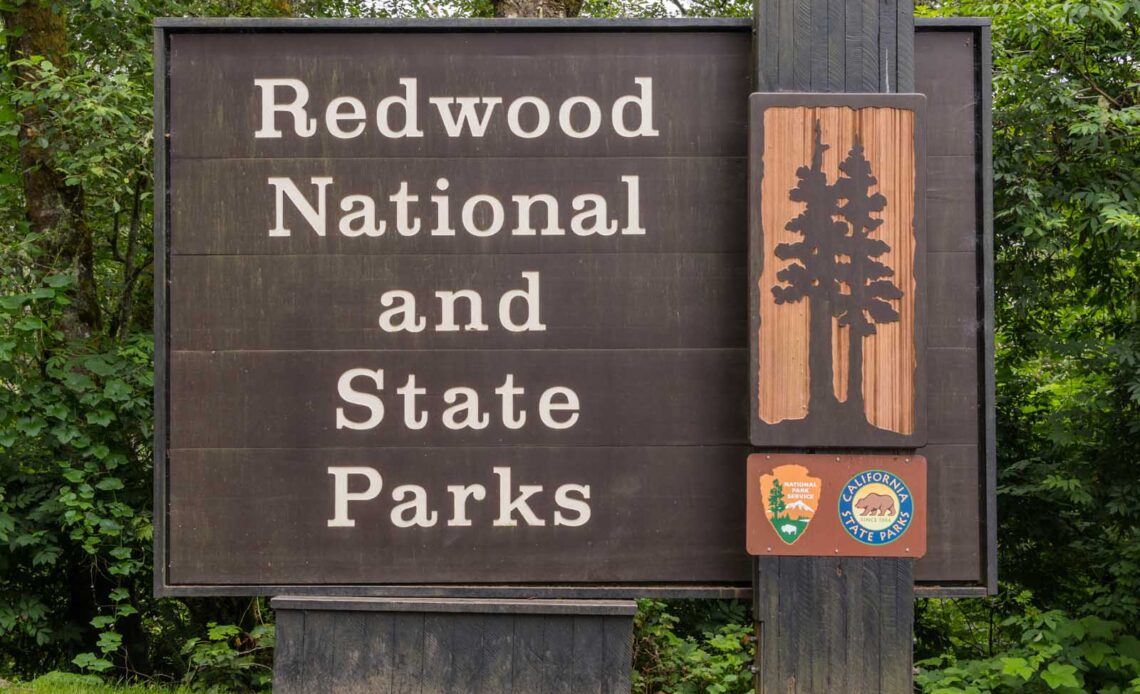Redwood National Park is far from just a national park. It is home to some of the tallest trees in the world – redwoods (scientifically known as sequoia sempervirens). Nature and hiking lovers will love walking the trails through old-growth forests and the hundreds and hundreds of redwood trees. Redwood National Park is easily one of the best places to visit in the United States and has hiking trails to match. You’ll find some of the best hikes in California and the United States – with photo opportunities galore.
So, we’ve established that Redwood National Park is definitely worth visiting. Its tall trees make it one of the most iconic national parks in the country. But what do you need to know before you go? This guide will cover all the essential details, plus a few bonus sections. We’ve got a lot to cover, so let’s get started.
What is the history of Redwood National Park?
Every traditional story starts at the beginning, and Redwood National Park has quite the story. Initially, the national park was home to different groups of Native American Indians who had a thorough knowledge of the park and its flora and fauna. The tribes mostly lived off deer, fish, nuts, and berries. They also believed in the Spirit Beings, a predecessor race to the humans who acted as guides, showing people how to live on the land.

Redwood National Park first entered European colonizers’ radars when gold was discovered in the Trinity River around the 1850s. After that, flocks of Europeans came to settle in what is now Redwood National Park and its surrounding areas.
The Europeans were highly hostile to the existing Native American Indians, and many were paid by the state to conduct murders to push the native people off of the land. While the movement did result in tragic massacres, it failed its overall aim to wipe out all the Native American Indians in Redwood National Park. Yurok, Hupa, Tolowa, and Karuk communities still live on reservations across and around the national park.

It is essential to be aware of the socio-political history of Redwood National Park before visiting, just to comprehend the importance of the land and acknowledge its dark past.
Taking the story back to the 1850s gold rush, another industry that boomed at this time was logging. The tall trees were a gold mine for immigrants arriving in the park, as their size and durability made them prized and highly sought after. Just three years later, in 1853, the region already had…
Click Here to Read the Full Original Article at The Planet D: Adventure Travel Blog…
